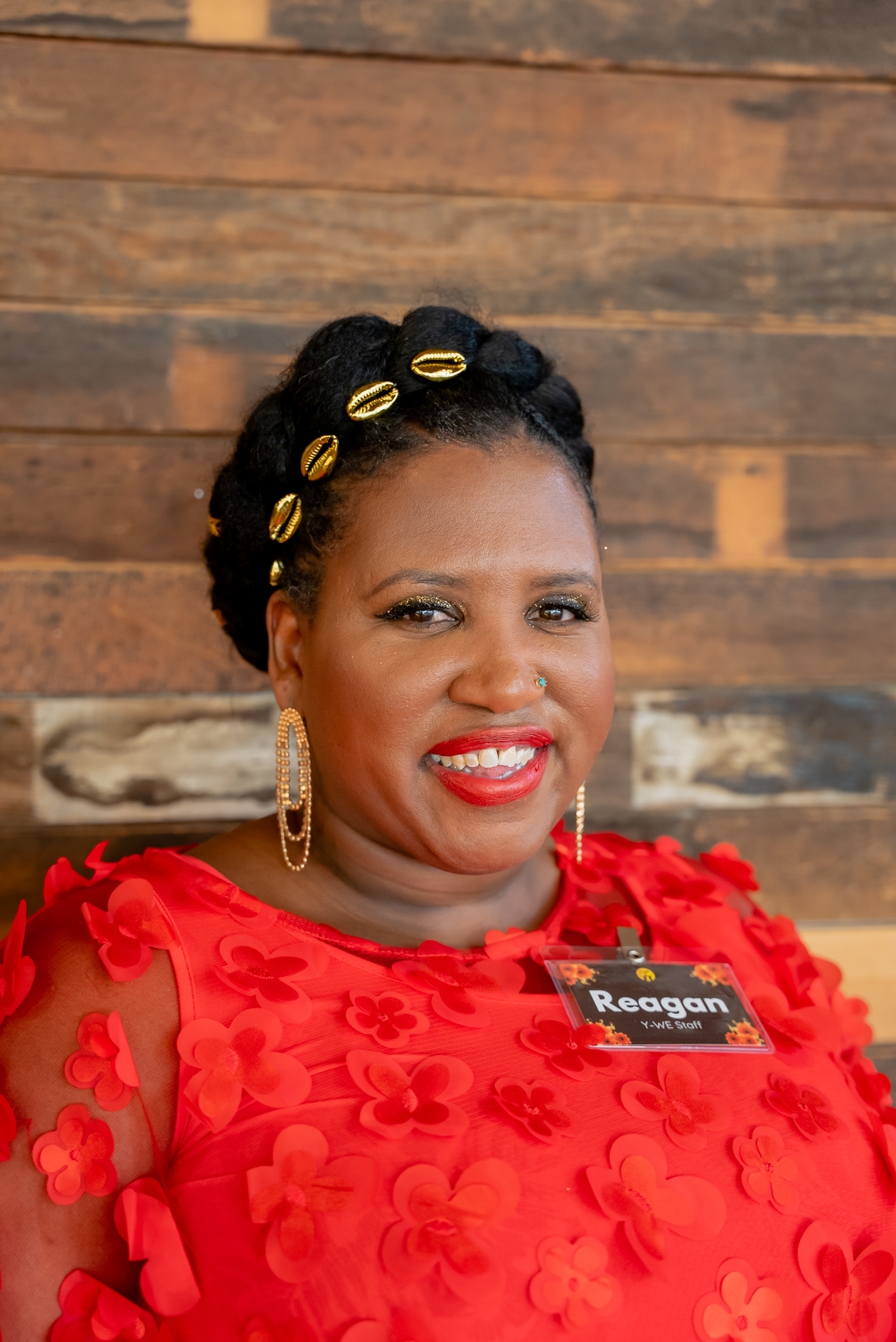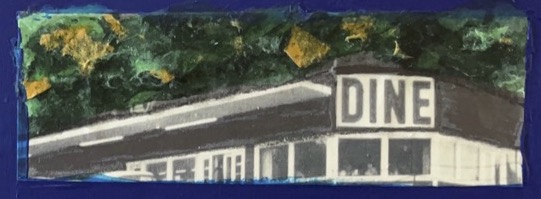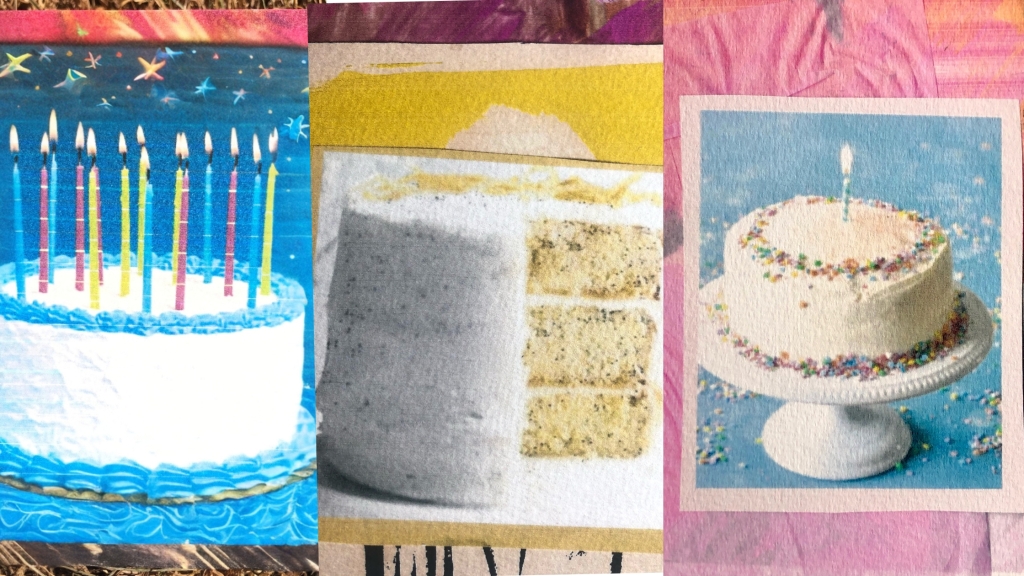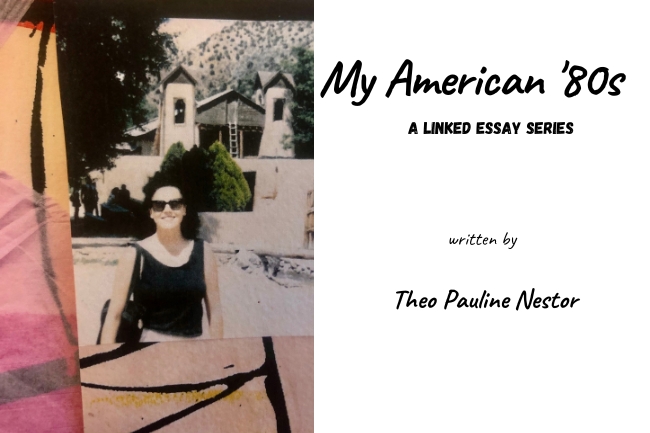As I’ve written before, my twenties were filled with the vague sense of wanting to be a writer, a sort of hunch that I really was a writer, and notebooks full of false starts. It was a very odd station to have arrived at in life, this place of being certain one is a writer with not one scrap of hard evidence to support that certainty. But there I was.
And there I remained. It would be great if I could tell you it took less than ten years to make a lick of real progress in this department. Yes, I did do academic writing, including a certain thesis that nearly did me in, but I was yet to do what I imagined to be my “real writing” and frankly I didn’t even know what form this “real writing” would take–haiku? fiction? Can haiku and fiction cross? I just knew that I wasn’t doing it.
For a while I wasn’t writing as a waitress and a grad student and then I wasn’t writing as a writing teacher, but because I had what I finally considered to be a real job (I was a professor at a community college in rural Utah), I lightened up on myself a bit for not doing my real work, but the years were ticking by. Tick tock. So I struggled to the page and wrote fairly traditional short stories that relentlessly featured a narrator who had everything in common with myself. These stories were bad. This is not false modesty; they were truly bad, and around page five they always put themselves out of their misery by grinding to a halt. It was some segue or momentum of plot that always tripped me up. After that, I’d squeak out a sentence or two but my heart wasn’t in it, and so I gave up.
When I was thirty-two–and I share this point about my age to drive home how much time had gone by and to perhaps inspire you out there who feel like a dream too long deferred is a dream that should be left to rest–anyhow when I was thirty-two, I went to a five-day writers’ camp up a twisty road of pines and red rock perched above Cedar City, Utah. All the classes were about the craft of writing, like really nutsy and boltsy how-to classes, and there was one class I took that week that changed everything for me as a writer.
The class was taught by a poet named Ken Brewer, and a few years ago I googled him and was sad to see that he has passed away. Ken was a sweet bear of man who was a product of the very best parts of the 70’s–the groovy parts that supported equality, vegetable gardens and self-expression. As he segued into our writing assignment, Ken talked about how he always had trouble with sticking to external forms. He gave the example of learning to waltz, which he found very difficult. If he could dance free form to rock and roll, he was fine because he didn’t have to stick to someone else’s pattern of how his body should be moving. I was nodding, yes yes yes, and somehow in here (and yes, I wish i could remember how but i don’t) he parlayed this waltz talk into talking about how he found his voice as a writer and how he’d found a form–the triptych–which was somehow perfectly suited to his content.
The triptych was a form writers could borrow from art, he explained, a form that was  based on theme instead of story. Instead of beginning with a story you want to tell, you begin with an idea or a feeling. He then led us in a writing exercise in which the first step was to isolate a concept, feeling, idea, theme we wanted to write about. This immediately made sense to me, and I identified that I wanted to write about a long standing sense of separation I felt and my craving to heal that sense of separation. He urged us to pick a single word and I chose this word: Detachment.
based on theme instead of story. Instead of beginning with a story you want to tell, you begin with an idea or a feeling. He then led us in a writing exercise in which the first step was to isolate a concept, feeling, idea, theme we wanted to write about. This immediately made sense to me, and I identified that I wanted to write about a long standing sense of separation I felt and my craving to heal that sense of separation. He urged us to pick a single word and I chose this word: Detachment.
As instructed by Ken, I wrote the word Detachment in the center of a page, and again following his prompts, I quickly came up with three scenes that matched that feeling. I need to pause here to say the year was 1993, and as I’ve written before, memoir as we know it in 2011 was not a form cemented into our culture, so I chose scenes that were autobiographical but I didn’t feel like I had to stay strictly to what actually happened. The first two scenes were from my childhood and the final scene was of my moving away from home (in mill town) when I was seventeen. Ken explained that these three scenes would become the triptych’s three panels, and when these three panels hung together they would tell a story larger than the sum of its panels. It, he explained, would be magic.
Ken urged us to write those three scenes right then and there. And we did. We sat there in this cavernous lodge at 4000 feet with the smell of pine in the room writing and writing. I wrote one scene and then another and then another. As I wrote, I fell into the story in a way I never had before because I trusted Ken and I trusted this form and I knew that the story was going to come together and, gulp, that I was going to finish it.
At the end of the day, I drove down that twisty mountain road back to my house in the red desert and fired up my prehistoric laptop. I typed up what I’d written in class. There were three distinct scenes but the thread of them was–just as Ken said it would–magically holding them together, barely but the beauty was somehow in the barely. Barely was exactly what I was trying to say, and finally I’d found a form that matched what I was trying to say. And, finally, I’d written something that I felt was complete. No, it wasn’t a novel. No, it wasn’t the greatest piece of literature every written. It was a short piece of probably 1600 words, but it all hung together around the hinges of this three-paneled triptych form. And I knew with certainty that it was a finished piece of writing.
I went on to write more triptychs, and those ended up composing my portfolio that I submitted for my application to an MFA program where I learned more ways to get to the finish line. Since then, I’ve been teaching my memoir writing students the triptych form and they’ve blown me away with the results. For many of my students, the triptych is the first piece of writing they’ve done that they felt was a complete piece. Over the next few months, I will be sharing triptychs from my students, starting with We Came to Say contributor Natalie Singer today.
The full story of my discovery of the triptych is told in Writing Is My Drink: A Writer’s Story of Finding Her Voice (and a Guide to How You Can Too) (Simon and Schuster).





Leave a Reply